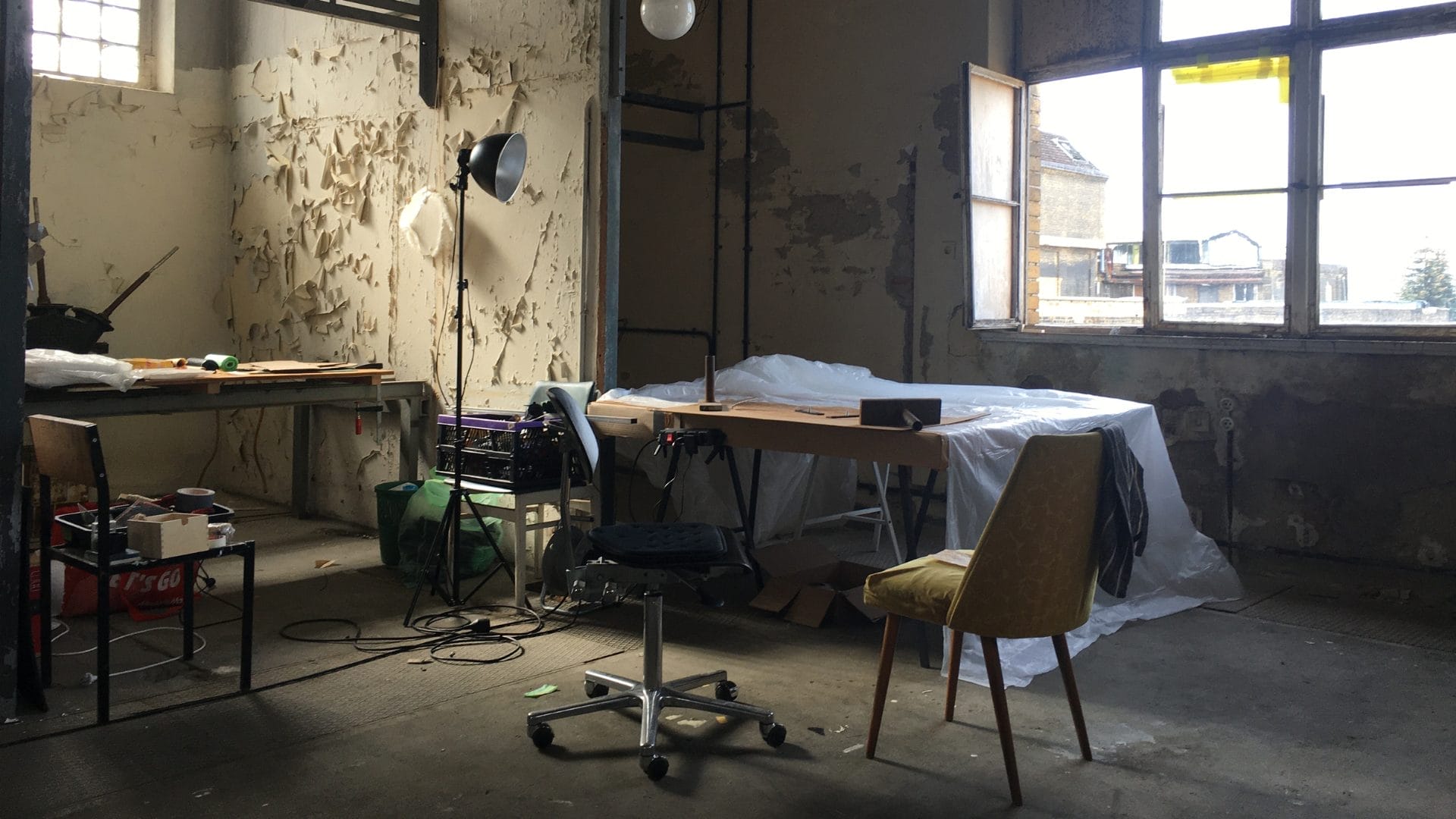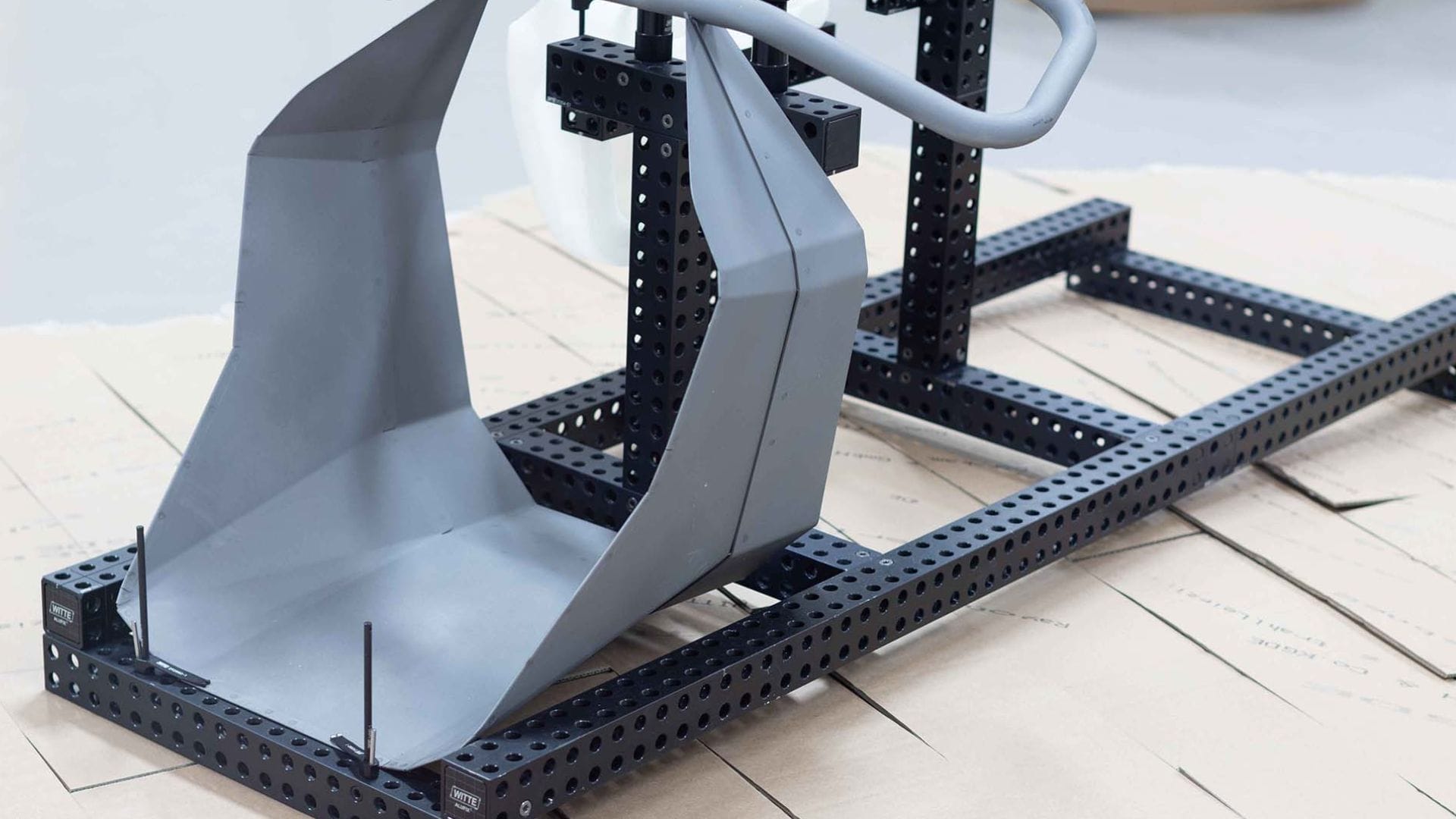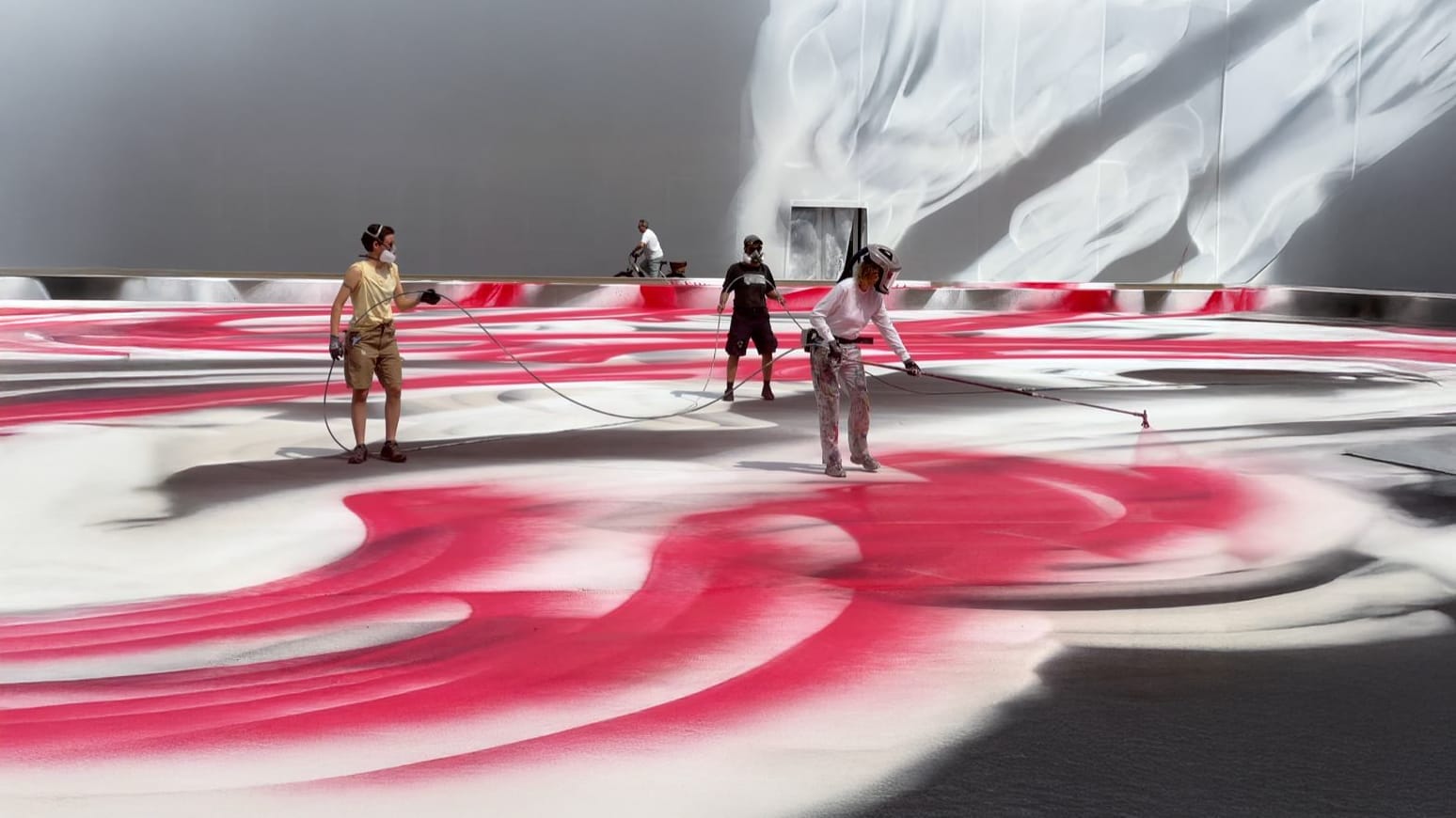
Inside Art Basel 2025: New Sections, Old Tensions, and Evolving Visions
In an art fair landscape that is increasingly crowded and marked by growing pressures, from rising costs and fluctuating sales to the proliferation of alternative events, Art Basel responds with an innovative format: Premiere, a new section designed to welcome small and mid-sized galleries with a fresh yet structured approach.
Officially launched at the 2025 edition, Premiere serves as a bridge between Statements, traditionally dedicated to emerging artists, and the Main Section, where established names are featured. According to fair director Maike Cruse, the idea arose from a concrete need. Galleries were looking for a middle ground, a flexible platform that could highlight curatorial research without imposing unsustainable financial risks. Premiere is Art Basel’s response.
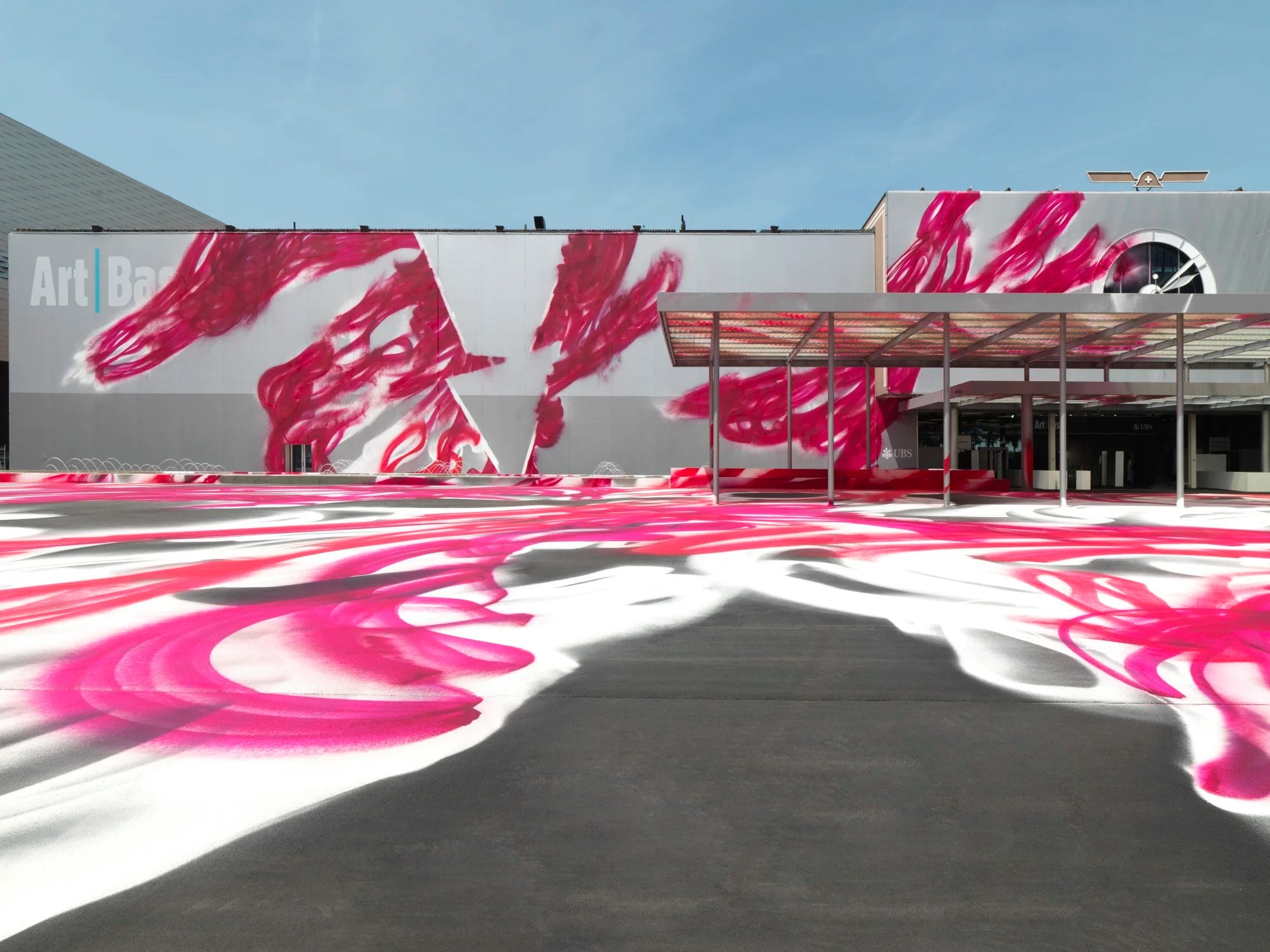
A Showcase Focused on Recent Quality
The format introduces clearly defined criteria. Booths may include works produced within the past five years, with a maximum of three artists per gallery. Presentations revolve around a curatorial concept that is open yet cohesive. Costs are structured to be lower than those of the main section, at 22,000 Swiss francs for 32 square meters, compared to approximately 26,000 francs for the same area in the central sector.
Among the participants in this debut edition is Cairo’s Gypsum Gallery, presenting a visual dialogue between the paintings of Greek-Swiss artist Dimitra Charamandas and the photographs of Basel-based Basim Magdy. Both explore the theme of volcanic landscapes, with a shared focus on geological fragments and environmental unease. Gallery director Aleya Hamza notes that their works communicate with each other both aesthetically and emotionally.This kind of generational and thematic exchange is precisely what Premiere enables.
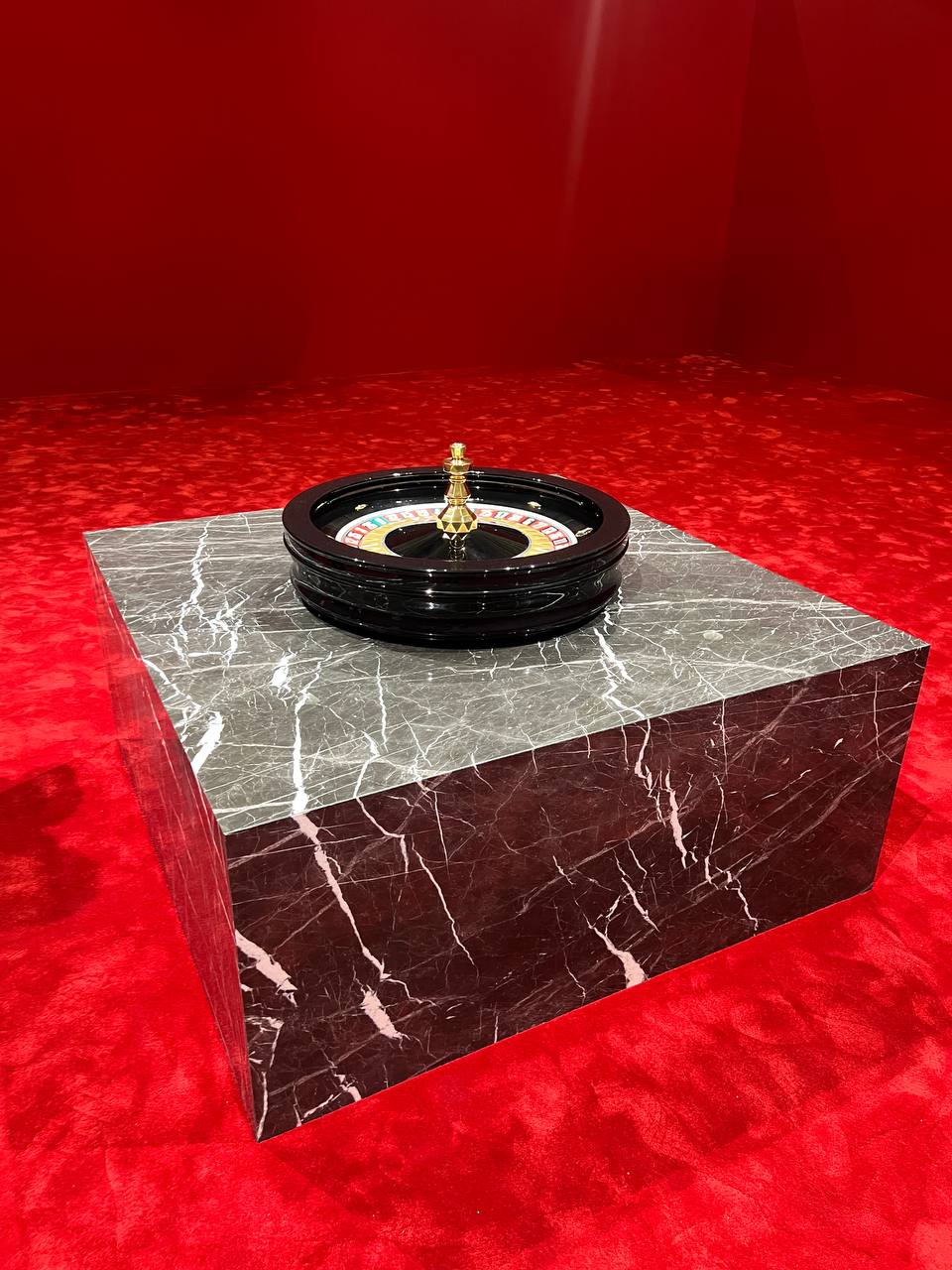
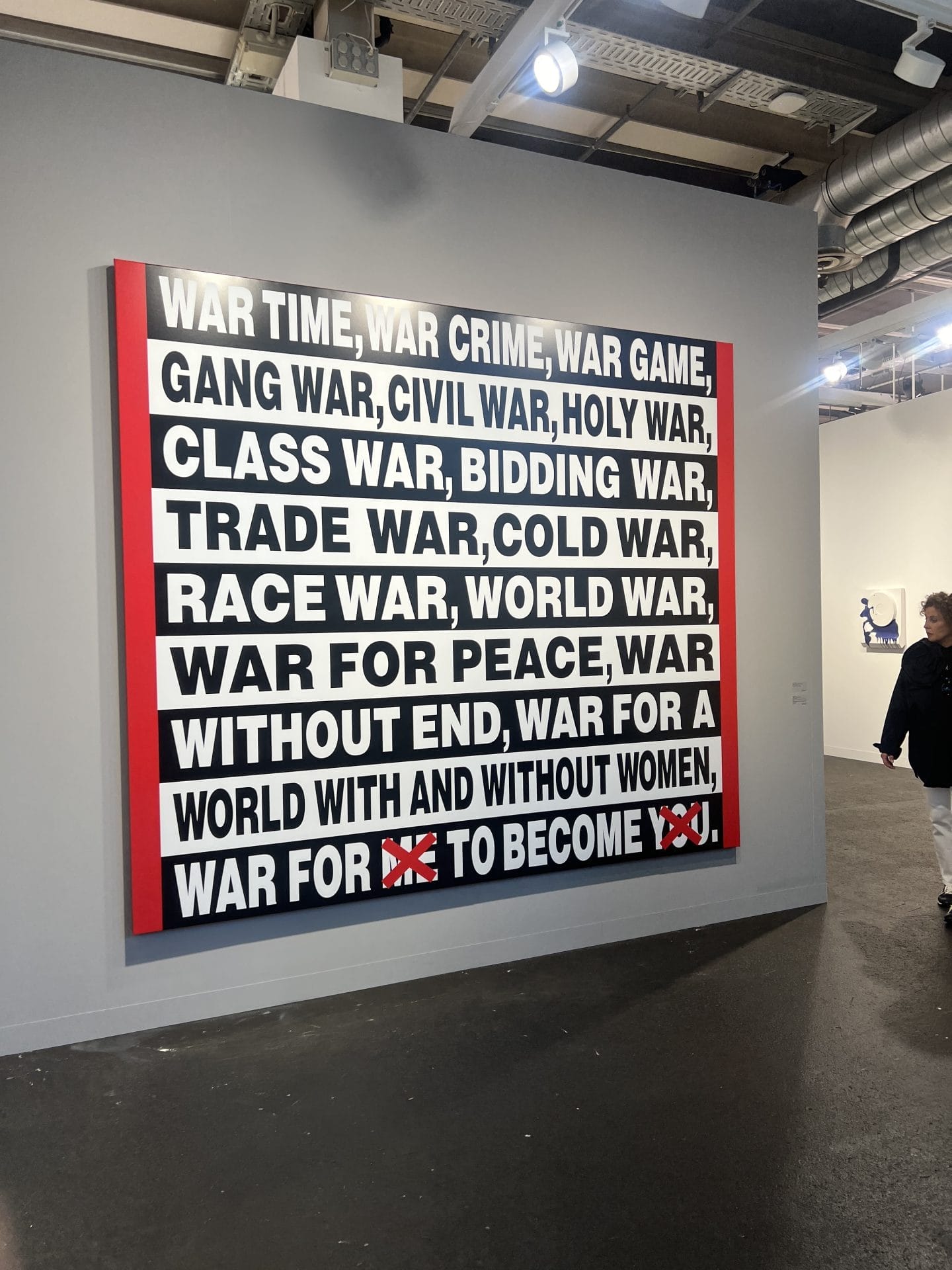
Measured Risk, Amplified Visibility
For many independent galleries, Premiere represents far more than just a new category within Art Basel. It offers a concrete response to a systemic crisis, one that especially affects the mid-tier segment of the market. This is the case for Sweetwater, a Berlin-based gallery founded by Lucas Casso, who chose to invest in the section precisely because of its flexibility and the ability to better calibrate the balance between risk and exposure.
“With Statements, you have to bet everything on a single artist, often still relatively unknown and without a stable market. It’s an exciting gamble, yes, but also a risky one,” says Casso. “Premiere, on the other hand, allows us to present multiple voices and narratives, and to build a more layered curatorial discourse without relying entirely on the commercial success of just one name.”
Sweetwater’s booth reflects this openness. The presentation features a triptych of works that juxtapose different media and approaches, unified by a shared material and conceptual tension. Kayode Ojo’s polished, chrome-plated metal sculptures interact with Megan Plunkett’s black-and-white photographs, in which fragments of everyday objects and industrial debris are isolated with an almost cinematic framing, evoking clues to an invisible narrative. Completing the group is artist Alexandre Khondji, who presents large aluminum flood barriers, installed in the booth as fragments of a post-apocalyptic urban landscape. Prices range from €5,000 to €50,000, offering an accessible spectrum for different collector profiles.
What stands out, beyond the quality of the works themselves, is how they are presented, not as isolated pieces, but as episodes in a coherent narrative. This narrative strength is precisely what many gallerists identify as Premiere‘s strategic advantage. In a context where the frenzy of acquisition has given way to more deliberate, thoughtful selection, creating an environment that encourages reflection becomes essential in engaging the interest of a more discerning collector base.
Today, more than ever, the layout of a booth is not merely an aesthetic matter but a form of visual storytelling that must persuade, engage, and offer interpretative depth. It is no coincidence that some of the most experienced gallerists describe Premiere as a hybrid space, halfway between a museum exhibition and a commercial fair setting.
In this sense, the section not only offers greater curatorial freedom but also becomes a tool for identity positioning. It allows galleries like Sweetwater to stand out in an oversaturated landscape, reinforcing their voice and attracting collectors in search of authentic visions rather than mere investment pieces.
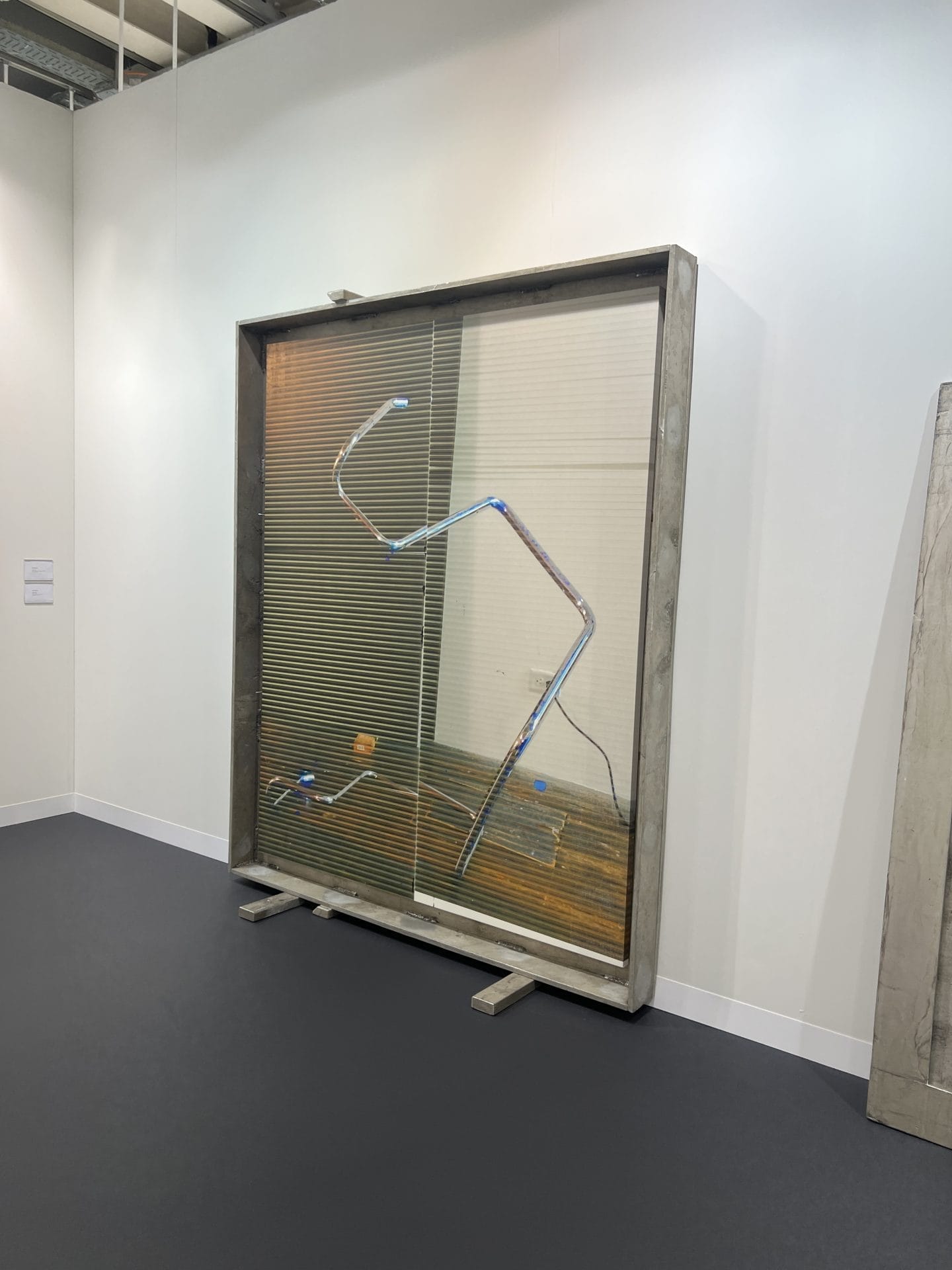
Between Alternative Fairs and Independent Exhibitions
Premiere arrives at a pivotal moment, as many galleries are rethinking their fair strategies, weighing visibility, financial sustainability, and conceptual coherence. Some, like Clearing, which has locations in New York and Los Angeles, have even opted out of Art Basel entirely in favor of more autonomous and focused initiatives. In this case, the gallery organized an independent exhibition in a villa near Messeplatz, transformed for a week into an alternative exhibition platform.
Other galleries are drawn to the dynamic atmosphere of the Basel Social Club, which offers a more fluid and less institutional format. Participation here can be free or adapted based on the gallery’s history. This experimental model, fueled by performances, live events, and a more informal vibe, continues to attract both audiences and professionals in a context where the market increasingly demands flexibility and personality.
The alternative scene does not end there. Art Basel’s two main satellite fairs, Liste and Volta, are celebrating important milestones this year. Liste Art Fair Basel, founded in 1996 with a mission to support only artists under 40, marks its 30th anniversary in 2025, further cementing its role as a curatorial incubator and international launchpad for experimental galleries.
Over time, Liste has softened its strict age criteria while maintaining the spirit of exploration that defines it. The focus remains on emerging scenes, often expressed through unconventional languages and a well-developed public program. As its new director Nikola Dietrich, who took over in 2024, emphasizes, the fair has a responsibility to provide real visibility and opportunities to galleries and artists who might otherwise be excluded from the main circuits.
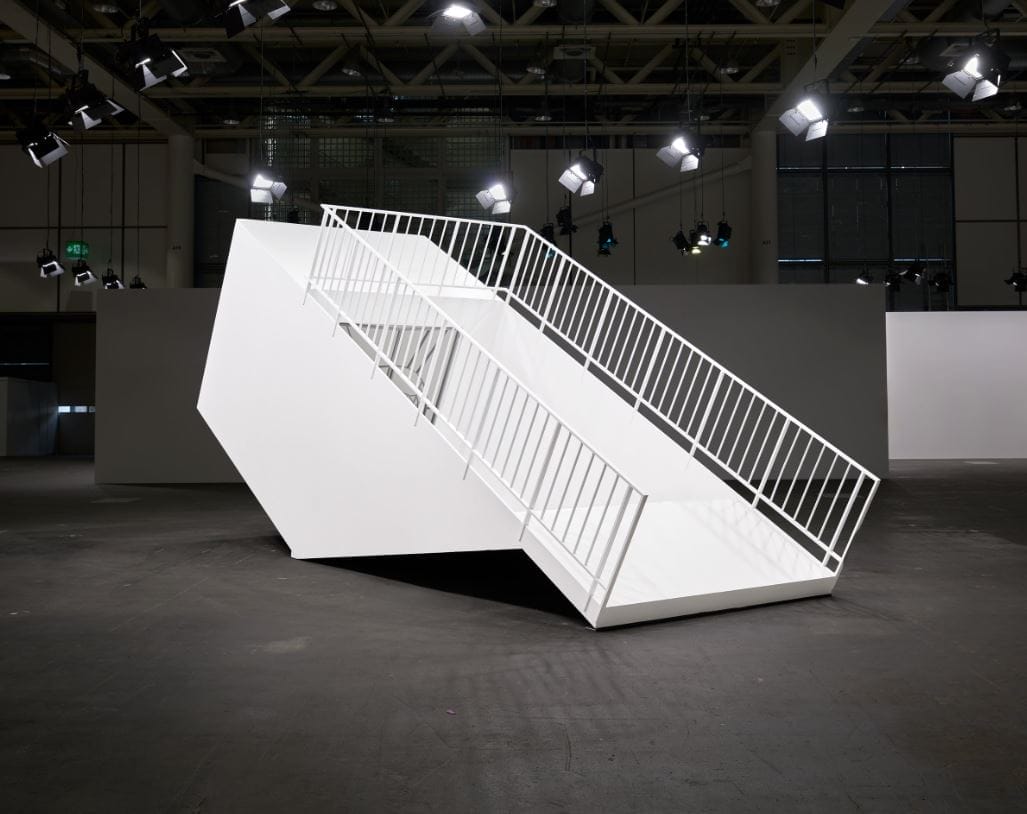
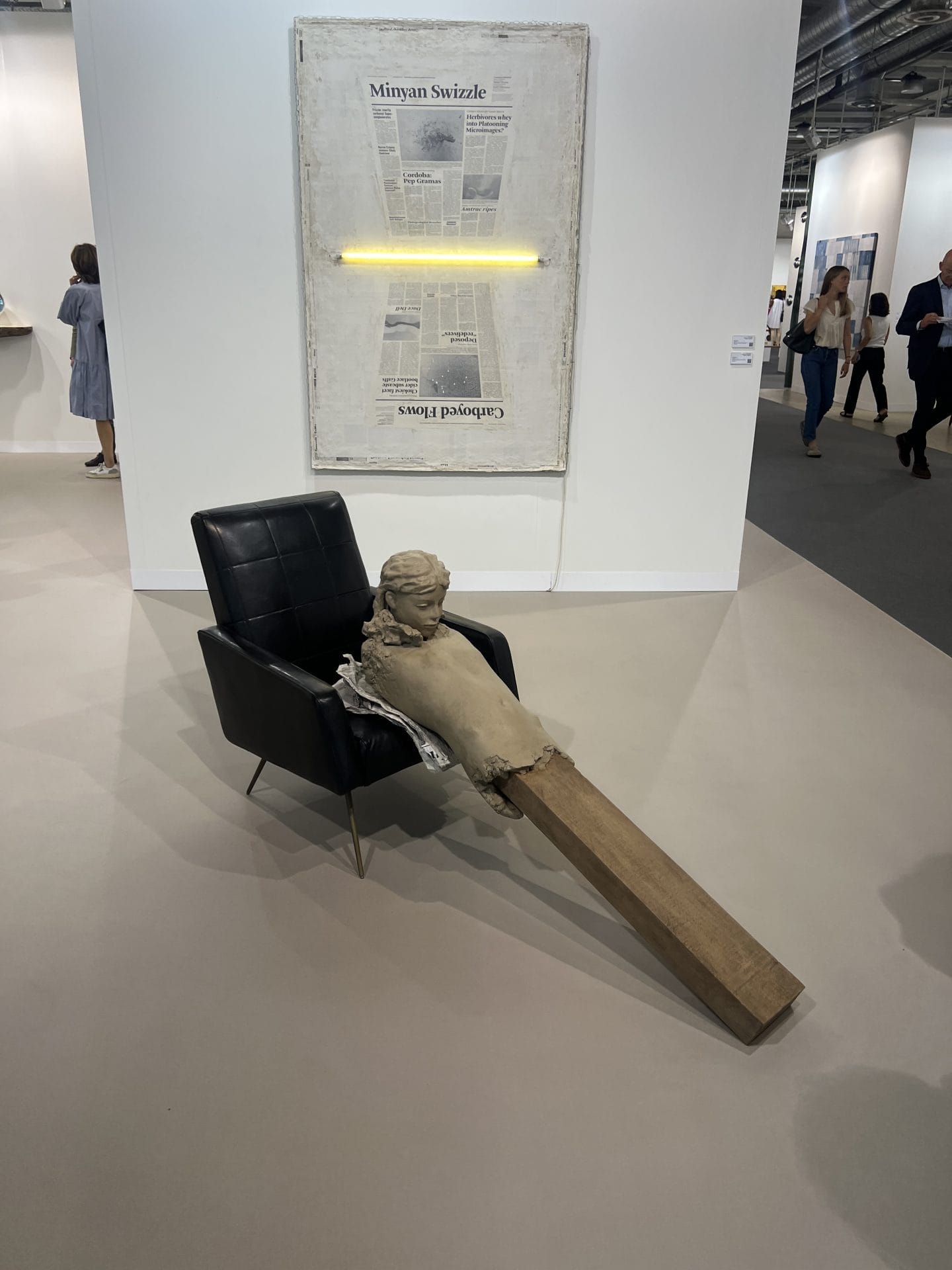
This year, Liste is larger than ever, featuring 99 booths from 31 countries, hosted within the Messe Basel fairgrounds just a short walk from Art Basel’s main venue. The layout has been completely redesigned, moving away from the traditional circular plan in favor of a more complex “flower” structure, with each petal representing a group of galleries. This design reflects not only a new curatorial vision but also the fair’s growing maturity. Though still a space for experimentation and critical observation, Liste is now an integral and respected part of Basel Art Week.
Once considered a scrappy, underground, and radical fair in the early 2000s, Liste now presents itself as a professional and competitive platform while preserving a certain pioneering spirit. Its charm lies precisely in this in-between state, where the rawness of its origins meets the organizational solidity of today. As one young gallerist at the 2025 edition puts it, the turnout at the opening was excellent. Whether that will translate into concrete sales remains to be seen, but Liste continues to be an essential showcase within our niche.
At the same time, Volta, a growing satellite fair, also celebrates its twentieth anniversary, proudly affirming the sense of community it has fostered among participating galleries.
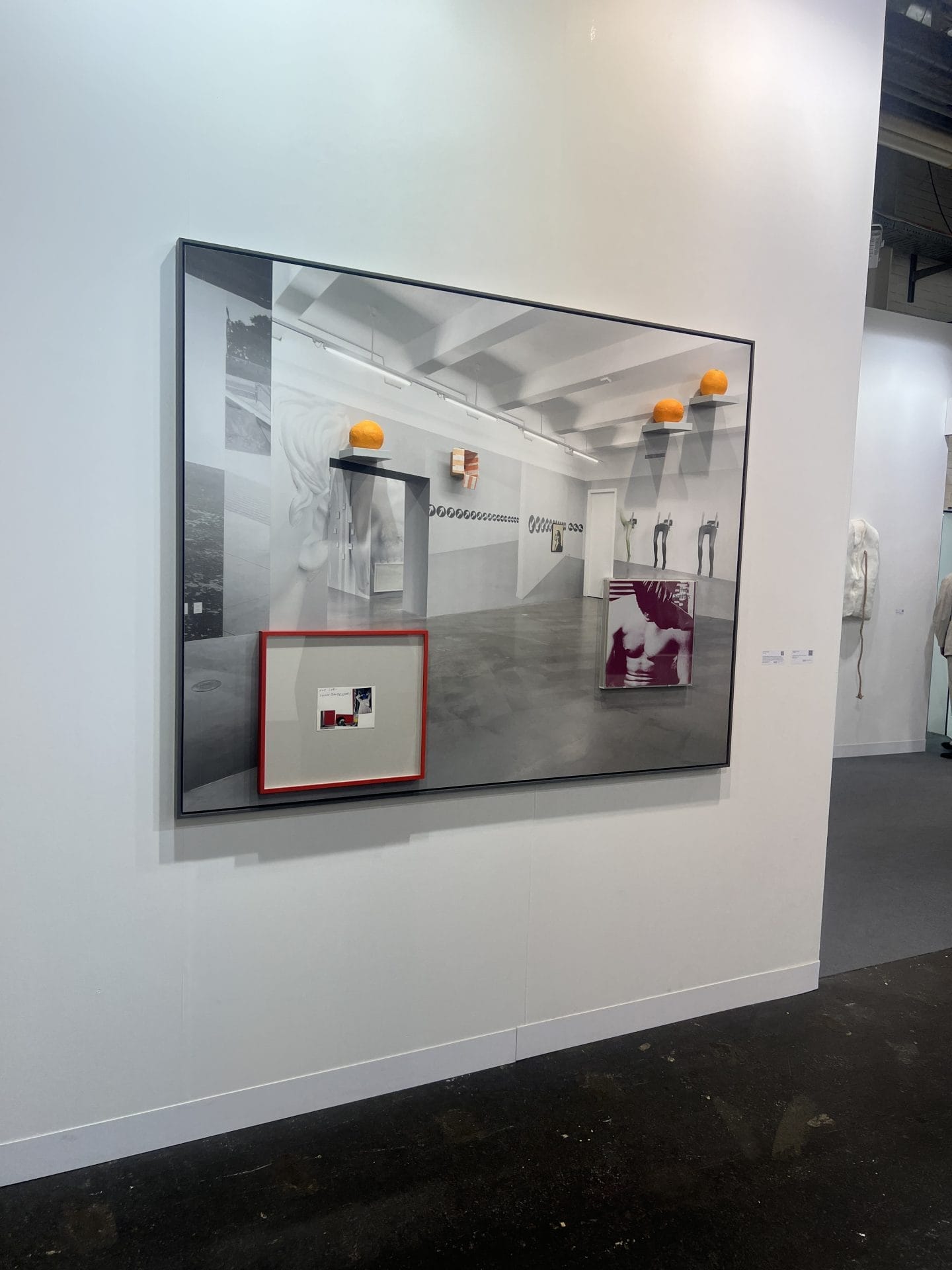
And yet, despite the vibrant energy and high quality of these alternative platforms, Art Basel remains the pivotal moment of the year for many galleries. Its global visibility, the presence of major institutional collectors, strong media impact, and flawless organization continue to make it the epicenter of the international art fair circuit.
As several gallerists showing at both Liste and Art Basel point out: “The difference isn’t just one of scale, but of perception. Here, every gesture echoes worldwide.”
In a landscape where audiences are increasingly selective and the art fair calendar risks oversaturation, Art Basel’s ability to remain relevant may well be its most powerful asset. It’s in this light that the launch of Premiere should be seen: a precise response to a new kind of demand, one that is qualitative, but also logistical and commercial, that galleries can no longer afford to overlook.
For its first appearance in the Statements sector, London gallery Ginny on Frederick has chosen to spotlight artist Alexandra Metcalf with a solo presentation of sculptures reimagining pendulum clocks as psychological totems.
“Every fair is a risk, of course,” admits founder Freddie Powell, “but for us, the bigger risk would be not showing up.”
Even for more established players like Arcadia Missa, now featured in the main section, the evolving landscape of the fair ecosystem is top of mind. “Today, what works are either the major, established fairs or the smaller, more intimate yet meaningful ones,” says founder Rózsa Farkas, presenting works by Rene Matić and the duo Hannah Quinlan & Rosie Hastings.
With the launch of Premiere, Art Basel seems intent on responding to this polarization, offering an alternative designed not only to optimize costs, but to showcase a curated, multifaceted artistic vision in a commercially viable format.
In an ecosystem defined by constant change, Art Basel is choosing to evolve, looking toward the galleries that aspire to grow, and helping them grow well.
fakewhale
Founded in 2021, Fakewhale advocates the digital art market's evolution. Viewing NFT technology as a container for art, and leveraging the expansive scope of digital culture, Fakewhale strives to shape a new ecosystem in which art and technology become the starting point, rather than the final destination.
You may also like
Fakewhale In Dialogue with Dominic Kießling
In an era dominated by augmented reality, artificial intelligence, and immersive media, German artis
“PRESSKUCHEN pieces under pressure” at P////AKT Foundation, Amsterdam
“PRESSKUCHEN pieces under pressure” by Tereza Kalousova, Zwaantje Kurpershoek, Rosa Shep
19 – The Kill Switch
Washington D.C., Outside of the Tilted Kilt Pub & Eatery, United States Kibby stared at the foot

